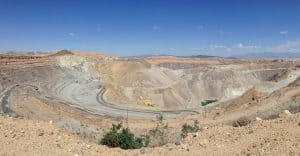Letter in the Flathead Beacon supporting the Swan Forest Initiative, summarized on the project’s web page:
The approximately 60,000 acre forest would be established on the Flathead National Forest. All lands are within the LCCD boundaries and Lake County.
The Conservation Forest will be managed in trust by Montana’s Department of Natural Resources and Conservation (DNRC). The beneficiary of the trust is the LCCD.
The laws, rules and regulations governing the management of Montana’s State forest will be used by DNRC to manage the Conservation Forest.
All lands included in the Conservation Forest will continue to be owned by the United States Government. The people of the United States will continue to have the right to all lawful uses of these forest lands.
The Conservation Forest will revert to United States management 100 years after Congress approves establishment of the Conservation Forest.
All net revenues generated from proactively managing the Conservation Forest will be invested in conservation work in Lake County. The conservation work can occur on federal lands, State of Montana lands, private lands and tribal lands. Net revenues will most likely be invested in the Swan valley for a few decades.

